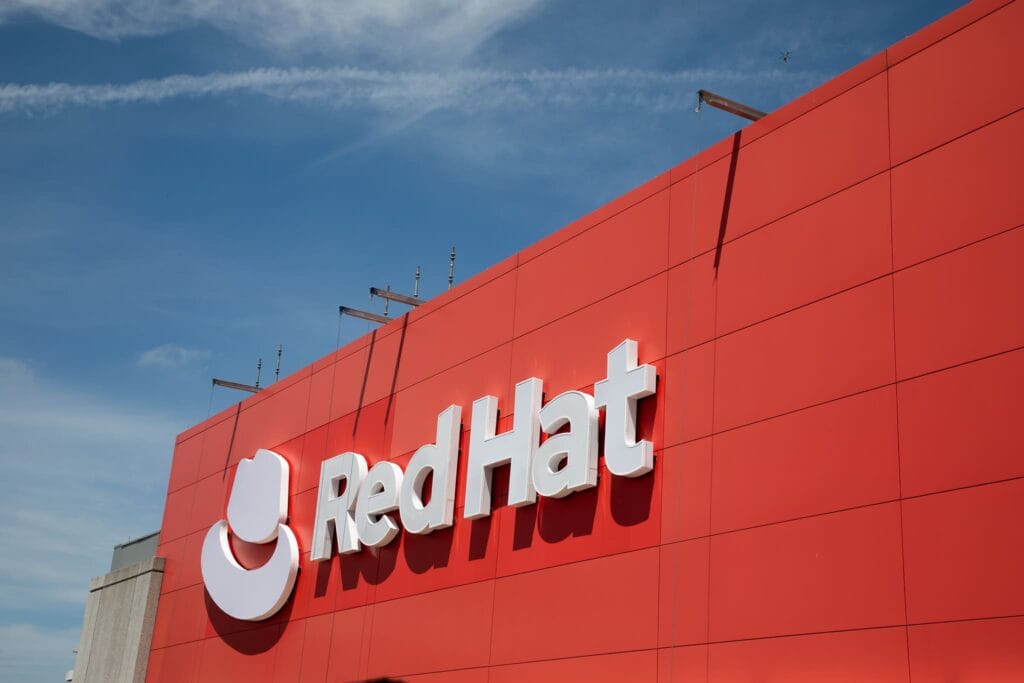The new generation of RHEL comes with native support for cloud environments and enhanced security from boot to execution.
As part of the Red Hat Summit 2025, the leading open-source solutions company announced the availability of Red Hat Enterprise Linux (RHEL) 10 with optimized images for major cloud providers: Amazon Web Services (AWS), Google Cloud, and Microsoft Azure.
These versions, designed specifically for each platform, promise a ready-to-use experience, enhanced performance, native observability tools, and a focus on security from the very start.
“We are empowering organizations to accelerate their cloud transformation and scale to the next wave of IT innovation,” said Gunnar Hellekson, vice president and general manager of the Red Hat Enterprise Linux unit.
A tailored experience for each cloud
The new RHEL 10 images have been jointly developed with the technical teams of each cloud provider. The result is deep integration that leverages specific features of each platform, enabling:
- Optimized performance through preconfigured and tuned profiles for cloud workloads, maintaining consistency across reboots and adaptability without interrupting services.
- Reduced configuration drift and greater agility in deployment, thanks to the incorporation of “bootable image” mode with native container tools.
- Advanced observability, with integrated telemetry and unified visibility from each provider’s dashboards.
- Comprehensive security, from Secure Boot to memory encryption techniques like Confidential Computing.
Greater hybrid and multicloud consistency
Red Hat emphasizes that RHEL 10 strengthens its role as a consistent foundation in hybrid and multicloud environments, reducing operational complexity and facilitating regulatory compliance and scalability.
The new version integrates with committed spending programs from AWS, Google Cloud, and Microsoft Azure, and can be acquired through existing Red Hat subscriptions as well as pay-as-you-go models from official marketplaces.
Strategic collaboration with hyperscalers
Key partners have highlighted the joint value these new images bring to their respective ecosystems:
- AWS: “The optimized RHEL images provide immediate value by leveraging tools like Edge Observability and AWS’s advanced security,” noted Manu Parbhakar, Global Applications Partner Director.
- Google Cloud: “This release enables faster migration and scaling of workloads while maintaining integrated security and a simplified management experience,” emphasized Mark Lohmeyer, Vice President of AI Infrastructure and Computing.
- Microsoft Azure: “RHEL 10 enables a more consistent and efficient experience in hybrid environments, helping to maximize business value,” commented Brendan Burns, Corporate Vice President of Azure Compute.
Now available in major marketplaces
The optimized RHEL 10 images are already deployable on AWS, Google Cloud, and Microsoft Azure, both in production and testing environments. Additionally, Red Hat has confirmed that these versions meet the requirements of committed spending programs and are included within its hybrid licensing model.
A strong step towards enterprise AI
This announcement is part of a broader strategy by Red Hat to modernize IT infrastructure, supporting the development of enterprise applications with AI through open, secure, and scalable platforms. During the Red Hat Summit, the company is expected to present more news related to OpenShift AI, RHEL AI, and new integrations with enterprise intelligent agents.
Red Hat is the world leader in open-source technologies for hybrid cloud. Its portfolio includes solutions in Linux, AI, automation, containers, and application platforms. The company collaborates with customers and partners to build, connect, secure, and manage IT environments that drive digital innovation.
Source: RedHat

